The Andy Warhol Factory: Where Art Met Pop Culture
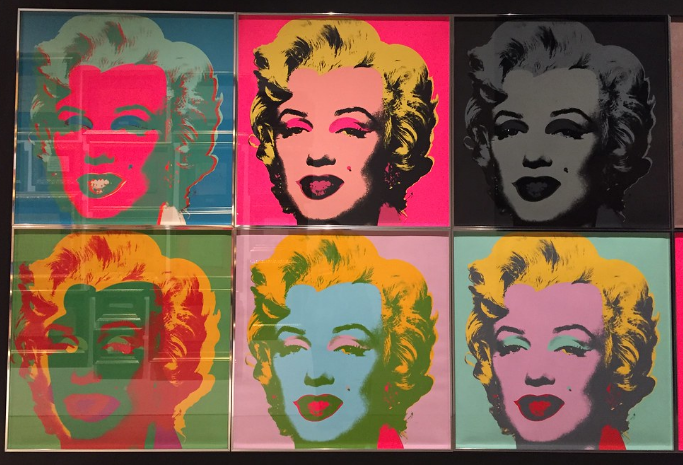
The Andy Warhol Factory, a name synonymous with 1960s counterculture, was more than just a studio. It was a melting pot of creativity, a haven for the avant-garde, and a crucible where art, pop culture, and social commentary collided.
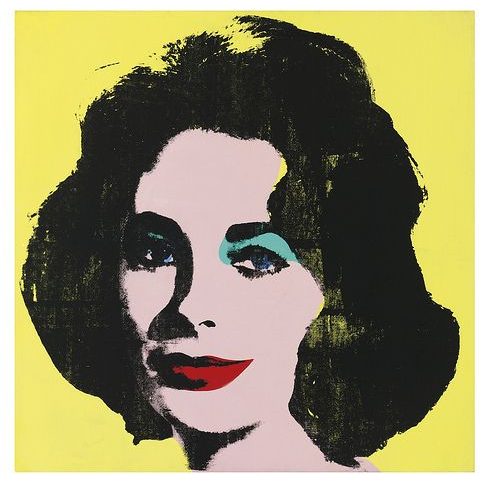
Located in New York City, the Factory, also known as the Silver Factory due to its silver-painted walls, was the brainchild of Andy Warhol, the enigmatic artist who became a cultural icon himself.
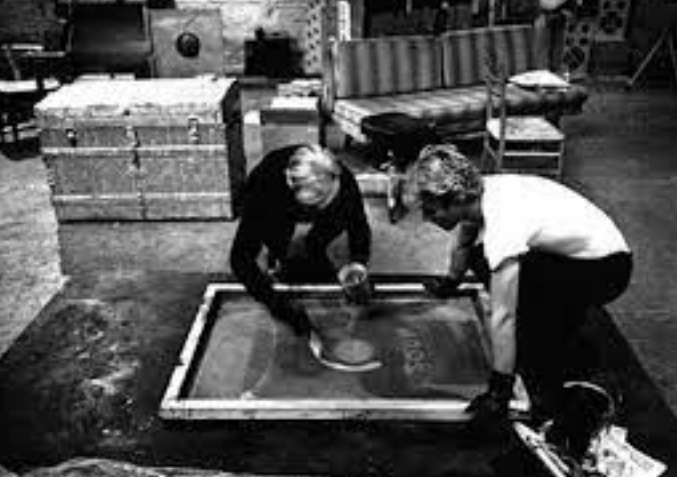
Located in New York City, the Factory, also known as the Silver Factory due to its silver-painted walls, was the brainchild of Andy Warhol, the enigmatic artist who became a cultural icon himself.
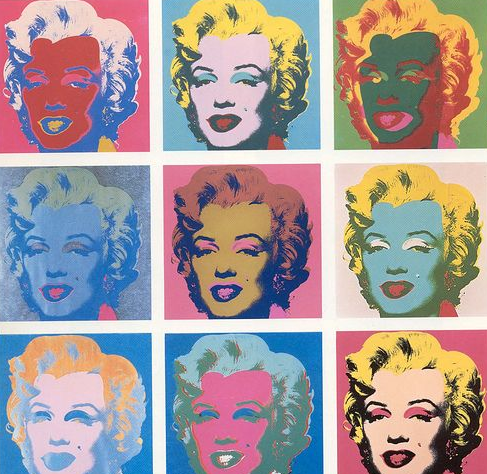
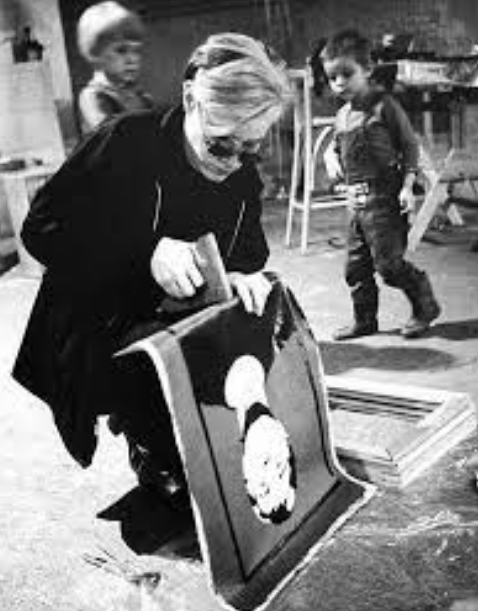
From 1963 to the early 1970s, the Factory buzzed with a constant flow of artists, musicians, writers, actors, and socialites. Warhol, a master of observation and the mundane, used this dynamic environment as a backdrop for his artistic endeavors. The Factory became a stage for his signature "Pop Art" – paintings and silkscreens that celebrated the icons and ephemera of consumer culture. Marilyn Monroe, Campbell's Soup Cans, and Elvis Presley, all became immortalized through Warhol's lens, capturing the spirit of an era obsessed with celebrity and mass production.
But the Factory wasn't just about art. It was also a place for experimentation and free expression. Warhol's "Superstars," a group of unconventional personalities including Edie Sedgwick, Lou Reed, and Nico, were drawn to the Factory's aura of possibility and rebellion. They were a microcosm of the changing social landscape, challenging traditional notions of beauty and success.
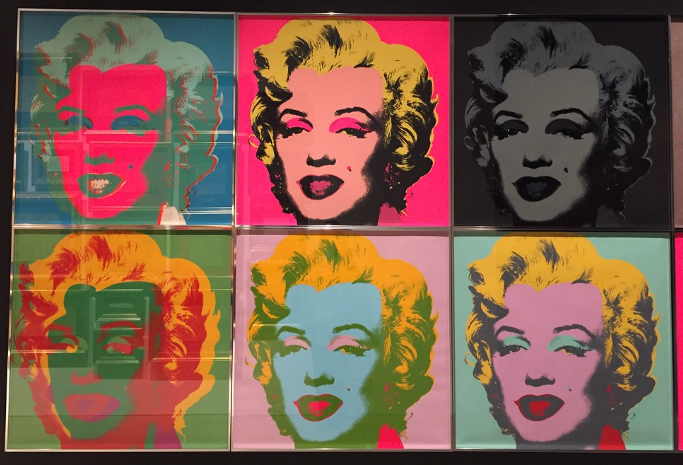
The Factory was a hotbed of creativity, where ideas flowed as freely as the champagne. Warhol encouraged collaboration, blurring the lines between artist and muse. His "Factory films," often improvised and experimental, captured the energy and absurdity of this unique community. These films, like "Chelsea Girls" and "Empire," were groundbreaking for their unconventional style and exploration of themes like gender, addiction, and the search for identity.
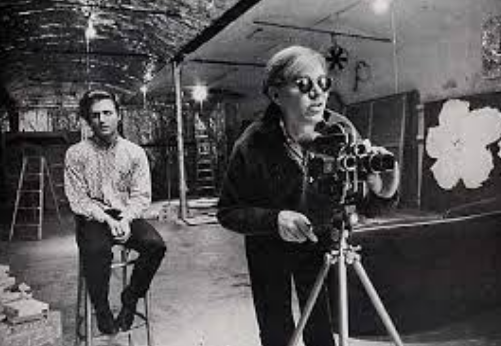
The Factory's legacy goes far beyond Warhol's art. It was a space where artists, musicians, and writers, both established and emerging, could push boundaries and challenge conventions. It became a symbol of the 1960s cultural revolution, embracing experimentation, counterculture, and the democratization of art. It was a melting pot that brought together diverse voices, making it a microcosm of the social and cultural churn of the era.
While the Factory eventually closed its doors, its impact on art, culture, and society endures. It remains a testament to Warhol's genius and his ability to harness the energy of his time, capturing the zeitgeist in its rawest form. The Factory stands as a reminder that art is not confined to museums and galleries, but can emerge from unexpected spaces, fueled by the vibrant energy of a community.